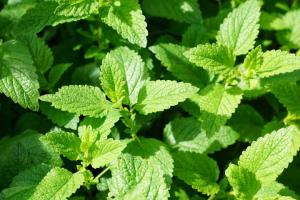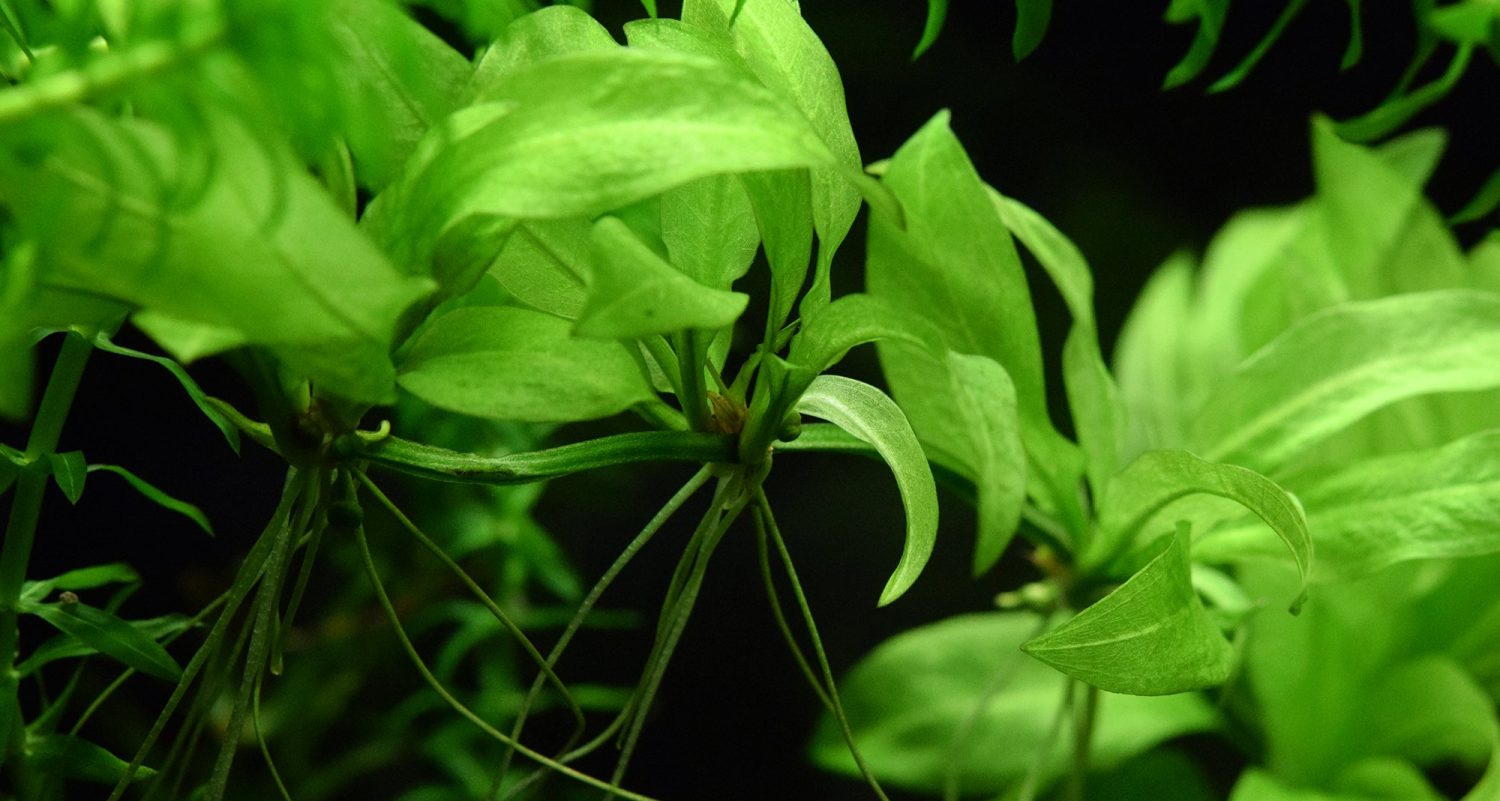Mint(Mentha) is a perennial with very fragrant, toothed leaves and tiny purple, pink, or white flowers belonging to the family Lamiaceae. It has a fruity, aromatic taste, the major reason why it belongs to the family Lamiaceae. There are several variety of mint about 13 – 18, however, you can always identify a member of the mint family by its square stem. Rolling it between your fingers, you’ll notice a pungent scent and think of candy, mint scented teas, or maybe gums. Mints are Known in Greek mythology as the herb of hospitality, one of mint’s first known uses in Europe was as a room deodorizer. The herb was strewn across floors to cover the smell of the hard-packed soil. Stepping on the mint helped to spread its scent through the room. Today, it is more commonly used for through the use of essential oils.

They have wide-spreading underground and overground stolons and erect, square, branched stems. The leaves are arranged in opposite pairs, from oblong to lanceolate, often downy, and with a serrated margin. Leaf colors range from dark green and gray-green to purple, blue, and sometimes pale yellow. The flowers are white to purple and produced in false whorls called verticillasters. The corolla is two-lipped with four subequal lobes, the upper lobe usually the largest. The fruit is a nutlet, containing one to four seeds.
Taxonomy
Mentha is a member of the tribe Mentheae in the subfamily Nepetoideae. The tribe contains about 65 genera, and relationships within it remain obscure. Authors have disagreed on the circumscription of Mentha. Some authors have excluded M. cervina from the genus. M. cunninghamii has also been excluded by some authors, even in some recent treatments of the genus. In 2004, a molecular phylogenetic study indicated both of these species should be included in Mentha. source: Wikipedia
Species
The list below includes all of the taxa recognized as species in recent works/researches done on Mentha. No particular author has recognized all of them. As with all biological classifications of plants, please note that this list can go out of date at a moment.:
source: Wikipedia
|
|
Economic Importance:
Mint is native to Eurasia, North America, southern Africa, and Australia, mints are widely distributed throughout the temperate areas of the world. A number of species, particularly peppermint and spearmint, are used as flavorings for foods (including candy and gum) and for liqueur and dentifrices. The essential oils of mints are used as scents in perfumery. Some species are commonly used in phyto medicine.
The leaf, fresh or dried, is the culinary source of mint. Dried mint is usually preferred over fresh mint when storage matters. The leaves have a warm, fresh, aromatic, sweet flavor with a cool aftertaste, and are used in flavouring teas, beverages, jellies, syrups, candies, and ice creams.
Mint essential oil and menthol are extensively used as flavorings in breath fresheners, drinks, antiseptic mouth rinses of course you would feel the mint if you’ve ever used a mouth wash, toothpaste cause they possess certain anti microbial substances which is usually their oil, chewing gum, desserts, and candies, such as mint (candy) and mint chocolate.
Spear Mint is a necessary ingredient in Touareg tea native to Morocco, a popular tea in northern African and Arab countries. Tea in Arab countries is popularly drunk this way.
Mint is Largely used in treating stomach aches and chest pains and has been proposed to be a viable treatment for irritable bowel treatment. Menthol and mint essential oil are also used in aromatherapy which may have clinical use to alleviate post-surgery nausea.
Mint oil is also used as an environmentally friendly organic insecticide for its ability to kill some common pests such as wasps, hornets, ants, and cockroaches.

